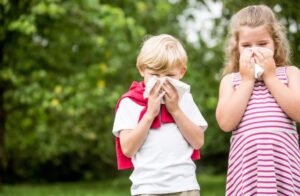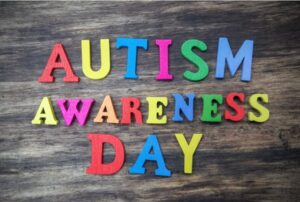As your child grows, diet plays a key role in their development. But with all the different foods out there, how do you know which ones might cause allergic reactions? While some foods are more likely to trigger allergies, others are relatively safe. Let’s dive into the foods that are most and least likely to cause allergies, so you can make informed choices for your child’s health.
Most Common Food Allergens in Children
Certain foods are more likely to cause allergic reactions. According to research and expert advice, these are the foods that tend to trigger allergies the most:
- Milk
- Eggs
- Peanuts
- Soy
- Wheat
- Tree Nuts (like almonds, cashews, walnuts)
- Shellfish (shrimp, lobster, etc.)
- Sesame
Other common allergens that some children may react to include:
- Sugar
- Tomatoes
- Chocolate
- Cinnamon
- Peas
- Peanut butter
- Pork
- Citrus fruits
- Coconut
- Dairy products
- Mustard
- Yeast
- Berries (like strawberries, raspberries)
- Buckwheat
- Corn
Can Any Food Cause an Allergy?
Yes, any food can potentially cause an allergy, even if it's not on the list of common allergens. Allergic reactions vary from person to person, so it’s always important to watch for signs and consult a healthcare provider if you suspect your child may have an allergy.
FAQ: What Are the Symptoms of Food Allergies in Children?
Q1: How can I tell if my child is allergic to a food?
A1: Symptoms of food allergies can include skin reactions (like hives), swelling, digestive issues (like vomiting or diarrhea), respiratory issues (like coughing or wheezing), or even anaphylaxis in severe cases. If you notice any of these signs, seek medical advice immediately.
Q2: How do I introduce new foods safely to my child?
A2: Start with small amounts of one new food at a time, especially if it’s on the common allergen list. This gives you time to watch for any reactions. If your child has a known allergy, avoid those foods and consider consulting an allergist for testing.
Q3: What should I do if my child has a food allergy?
A3: The first step is to remove the allergen from their diet completely. Always carry emergency medication like an epinephrine auto-injector if prescribed. Make sure all caregivers, teachers, and family members are aware of the allergy and what to do in case of a reaction.
Q4: Are there alternatives to common allergens like milk and eggs?
A4: Yes! There are plenty of alternatives to common allergens. For milk, you can try lactose-free milk or plant-based options like almond or oat milk. For eggs, consider egg substitutes like flaxseed or chia seeds mixed with water.
What About Less Allergenic Foods?
While the foods listed above are the most common triggers, many foods are less likely to cause allergies. These include:
- Rice
- Oats
- Carrots
- Potatoes
- Apples
- Chicken
- Turkey
- Bananas
These foods are often considered safe options for children and can be easily included in their diet without the same level of concern for allergies.
How to Manage Food Allergies in Children
Managing food allergies involves being vigilant and proactive. Always read food labels carefully, prepare meals at home when possible, and consult with an allergist for testing if you suspect your child might have an allergy. You should also educate your child as they grow, helping them understand what they can and can’t eat.
Key Takeways
Food allergies are a common concern for parents, but by being informed and careful, you can help protect your child from allergic reactions. Understanding which foods are more likely to trigger allergies—and which ones are generally safe—helps you make the best choices for your child's health. If you’re ever unsure, consulting with a healthcare provider is always a good idea.
References:
- Sears Encyclopedia of Intimacy Parenting
- FARE (Food Allergy Research & Education)












